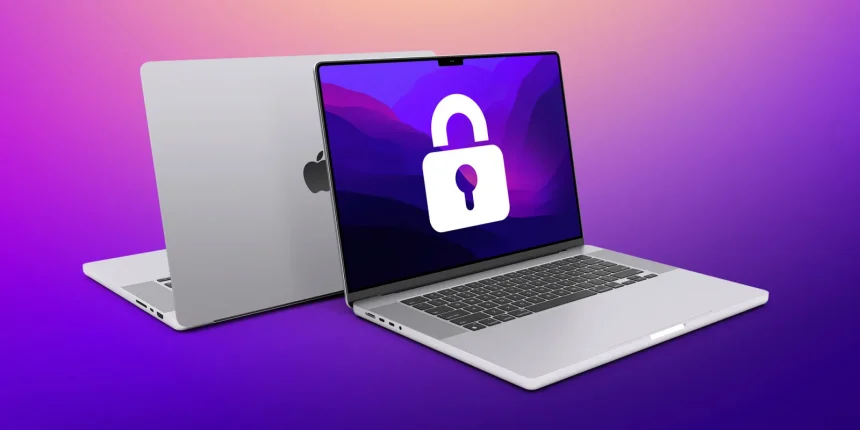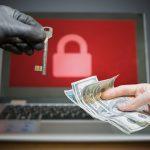Ransomware is a malicious type of software designed to block access to a computer system or files until a sum of money is paid. As cybercriminals continually refine their tactics, ransomware attacks have surged in frequency and sophistication, affecting individuals and organizations alike. Among these threats is NK Ransomware, a significant concern for users due to its destructive nature and potential for financial loss.
The NK Ransomware Threat
NK Ransomware is a particularly virulent strain of ransomware, a new addition to the Chaos ransomware family, that has garnered attention for its method of operation and the severity of its impacts. This malware typically infiltrates a system through phishing emails, malicious downloads, or unsecured networks. Once it gains access, NK Ransomware encrypts a wide range of files, making them inaccessible to users.
Remove annoying malware threats like this one in seconds!
Scan Your Computer for Free with SpyHunter
Download SpyHunter now, and scan your computer for this and other cybersecurity threats for free!
Upon installation, NK Ransomware performs several actions that further its malicious goals. It starts by scanning the system for valuable file types, including documents, images, and databases, effectively locking them with advanced encryption algorithms. Once the encryption is complete, users find their files marked with specific extensions, such as .nk, making it clear that they have been compromised. For example, a document named report.docx could be transformed into report.docx.nk, rendering it unreadable without a decryption key.
Consequences of Infection
The consequences of NK Ransomware’s presence on a system are dire. Users are typically greeted with a ransom note that details the steps they must take to retrieve their files. This note often includes threats to delete the decryption key if the ransom is not paid within a specified timeframe. Such demands can lead to significant emotional distress and financial strain on the victim.
NK Ransomware is part of a broader family of ransomware threats that exploit vulnerabilities to extort money from users. Its primary purpose is to generate profit for its creators, who often demand payment in cryptocurrencies to maintain anonymity.
Symptoms of NK Ransomware Infection
Users may notice several symptoms indicating the presence of NK Ransomware on their systems:
- Files become inaccessible or display new file extensions.
- The system operates more slowly than usual.
- Unusual processes are running in the background.
- Users find ransom notes on their desktops or in multiple directories.
The NK Ransom Note
After encrypting the user’s files, the NK ransomware operators deploy a ransom note with instructions for the victims. In the said note, they provide communication channels for the victims to contact the cybercriminals in order to transfer funds for decrypting their files. Cybersecurity experts advise agains contacting the ransomware operators, as there is no guarantee that they will, or even are able to decrypt your files after you pay the ransom fee. The ransom note is in the form of a .txt file – “read_it.txt” planted in every folder containing encrypted files, and on the users desktop.
Text presented in the ransom note (read_it.txt):
—-> NK is the most advanced ransomware in existence. You will not get out unscathed <—-
All of your files have been encrypted
Your computer was infected with a ransomware. Your files have been encrypted and you won’t
be able to decrypt them without our help.What can you do to get your files back? Buy our special
decryption software! This software will allow you to recover all of your data and remove the
ransomware from your computer.The price for the software is 5 Litecoin. Payment can be made in Litecoin only. After paying and your payment reaching 6 confirmations, your data will be restored and the ransomware removed.
How do I pay? where do I get Litecoin?
You have 2 options :
use an exchanger : hxxps://discord.gg/plusswap
buy Litecoin directly : hxxps://youtu.be/jdhxLHO2-zo?feature=shared
Payment Amount: 5.0 LTC
Litecoin address: ltc1qjqysln5s8lpphyc0e7dnx0nphc52t9zypxzpak
Try anything funny and see what happens! 😉
You have 24 hours to pay before your pc is completely destroyed.
Detection Names for NK Ransomware
To identify whether NK Ransomware is present, users can search for the following detection names associated with this threat:
- NK Ransomware
- Cryptovirus
- Ransomware
- Encrypter
Similar Threats to Watch For
In addition to NK Ransomware, users should be aware of similar threats that may infiltrate their systems:
- Cerber Ransomware
- Locky Ransomware
- WannaCry Ransomware
Each of these strains has unique characteristics but shares the common goal of encrypting files for ransom.
Comprehensive Removal Guide for NK Ransomware
If you suspect that your system is infected with NK Ransomware, follow these detailed steps for removal:
Remove annoying malware threats like this one in seconds!
Scan Your Computer for Free with SpyHunter
Download SpyHunter now, and scan your computer for this and other cybersecurity threats for free!
Step 1: Disconnect from the Internet
Immediately disconnect your device from the internet to prevent further communication with the ransomware server.
Step 2: Enter Safe Mode
- Restart your computer.
- As it starts up, repeatedly press the F8 key until the Advanced Boot Options menu appears.
- Select Safe Mode with Networking.
Step 3: Use Anti-Malware Software
- Download SpyHunter. You can visit this page or press the button above to or below to take advantage of the free scan to detect the presence of NK Ransomware.
- Install the tool and run a full system scan to identify and remove the ransomware.
Step 4: Delete Temporary Files
- Press Windows + R to open the Run dialog.
- Type
%temp%and hit Enter. - Delete any temporary files in this folder, which can help speed up the scanning process.
Step 5: Restore Encrypted Files (if possible)
If you have backup files, restore them once the ransomware has been removed. Do not attempt to pay the ransom, as it does not guarantee access to your files.
Step 6: Update and Strengthen Security
- Ensure your operating system and all software are up-to-date.
- Enable firewall protection and install reliable security software.
Preventing Future Infections
To protect your system from NK Ransomware and similar threats, consider the following preventive measures:
- Backup Regularly: Regularly back up your files to an external hard drive or cloud storage service.
- Be Wary of Email Attachments: Avoid opening attachments or clicking links in unsolicited emails.
- Educate Yourself: Stay informed about the latest cybersecurity threats and best practices.
Promote your security by using SpyHunter for a free scan to ensure your system is secure and malware-free.
Conclusion
NK Ransomware represents a serious threat to individuals and organizations alike. By understanding its operation, symptoms, and removal methods, users can better protect themselves from this malicious software. Implementing proactive security measures will significantly reduce the risk of falling victim to such threats.





